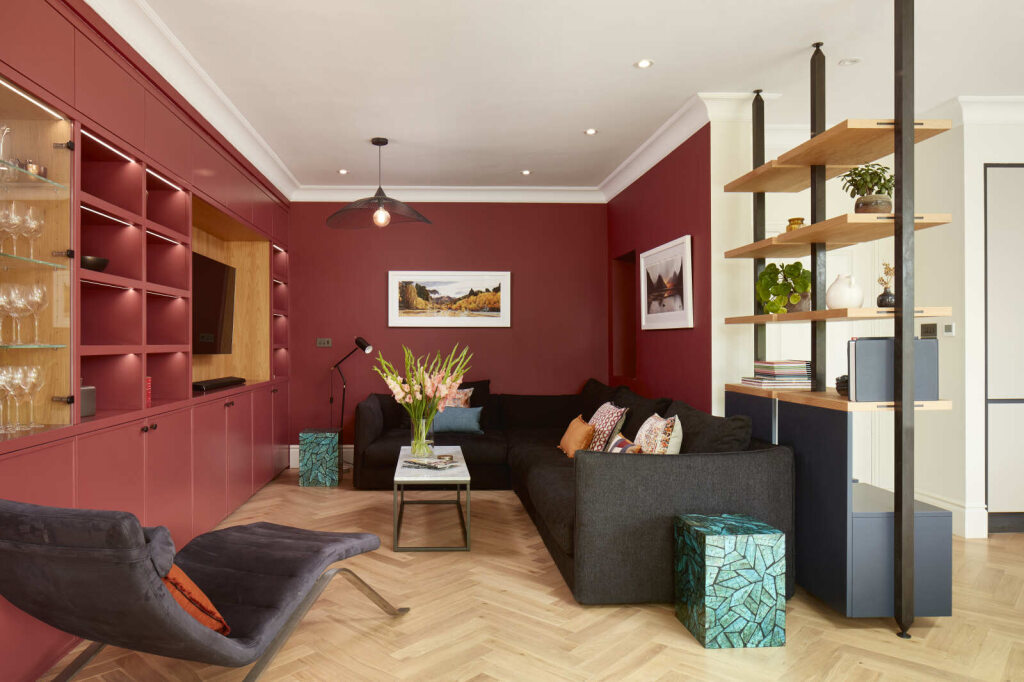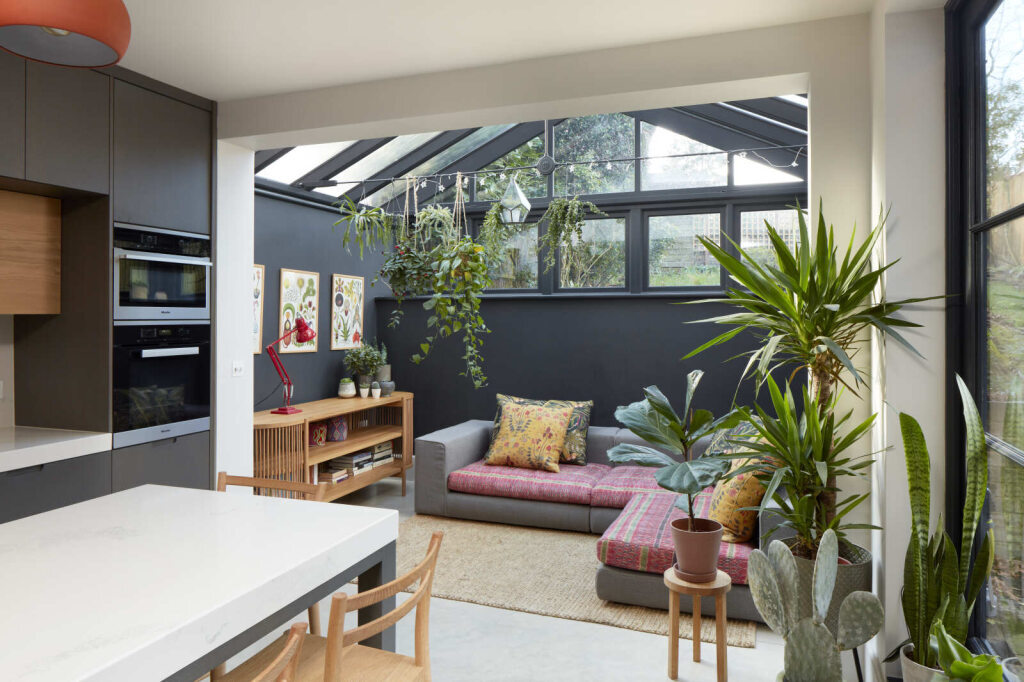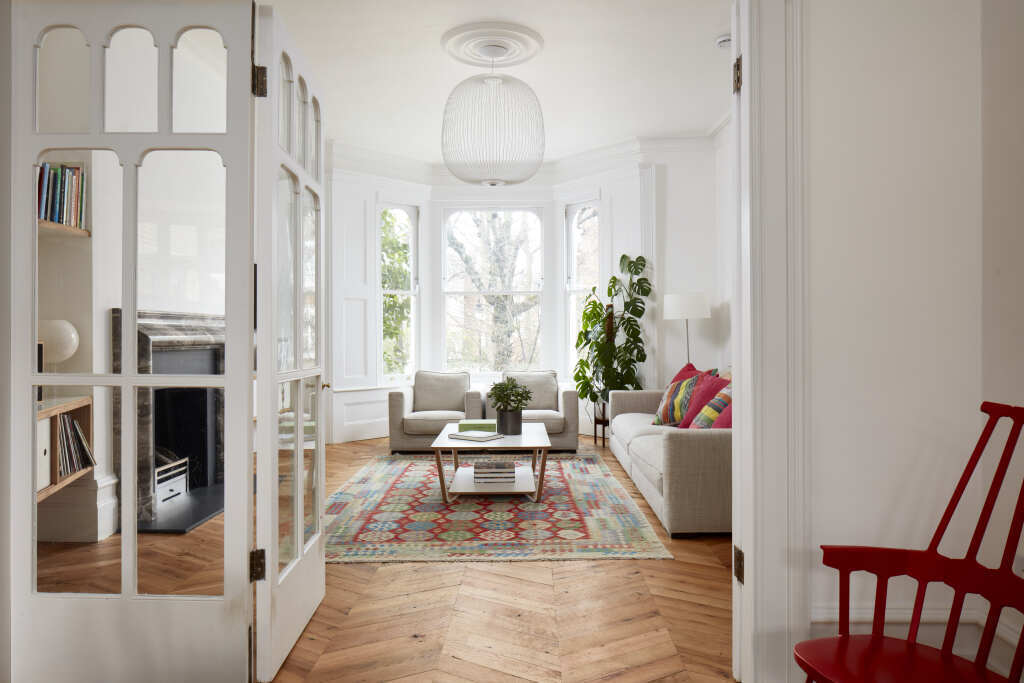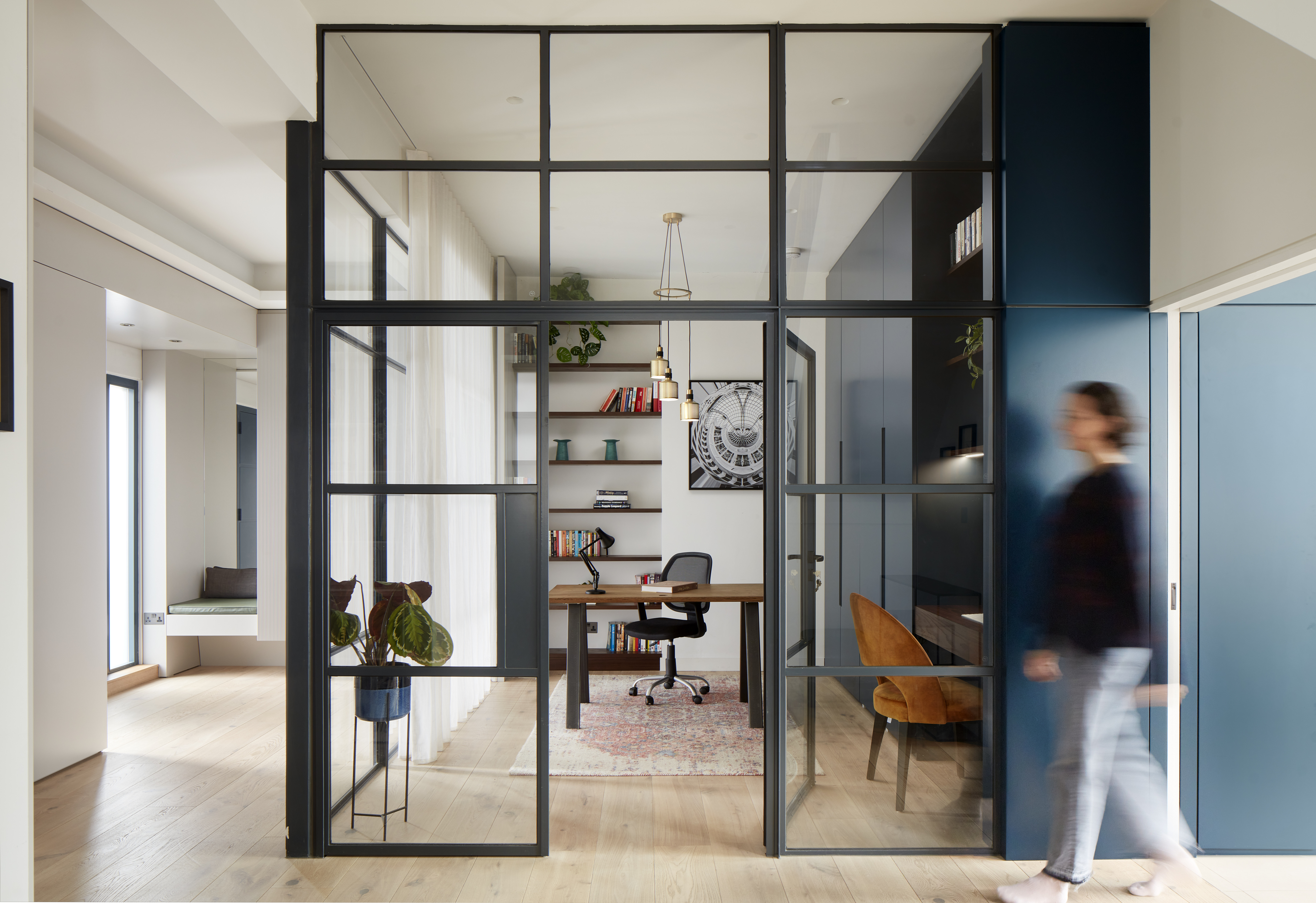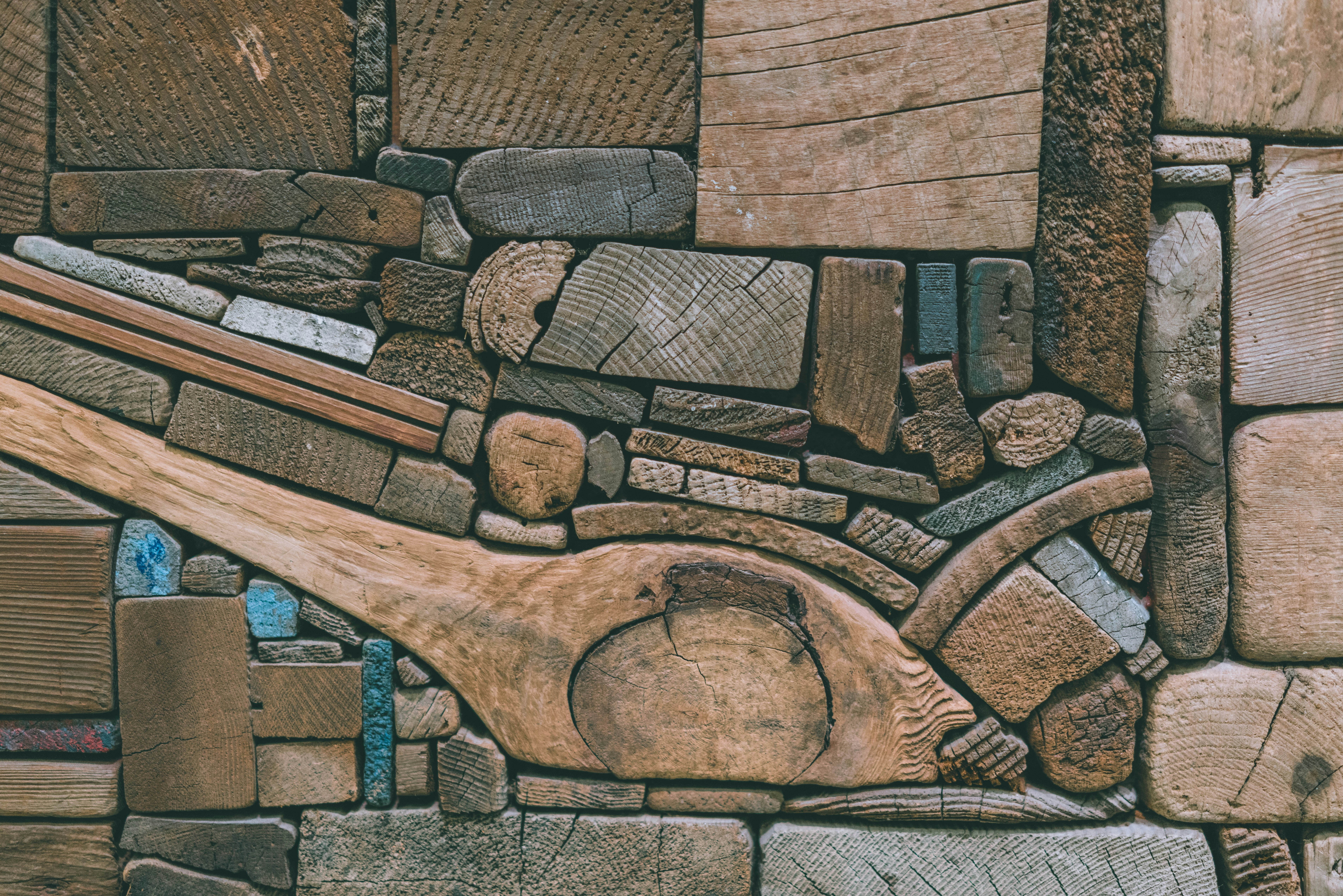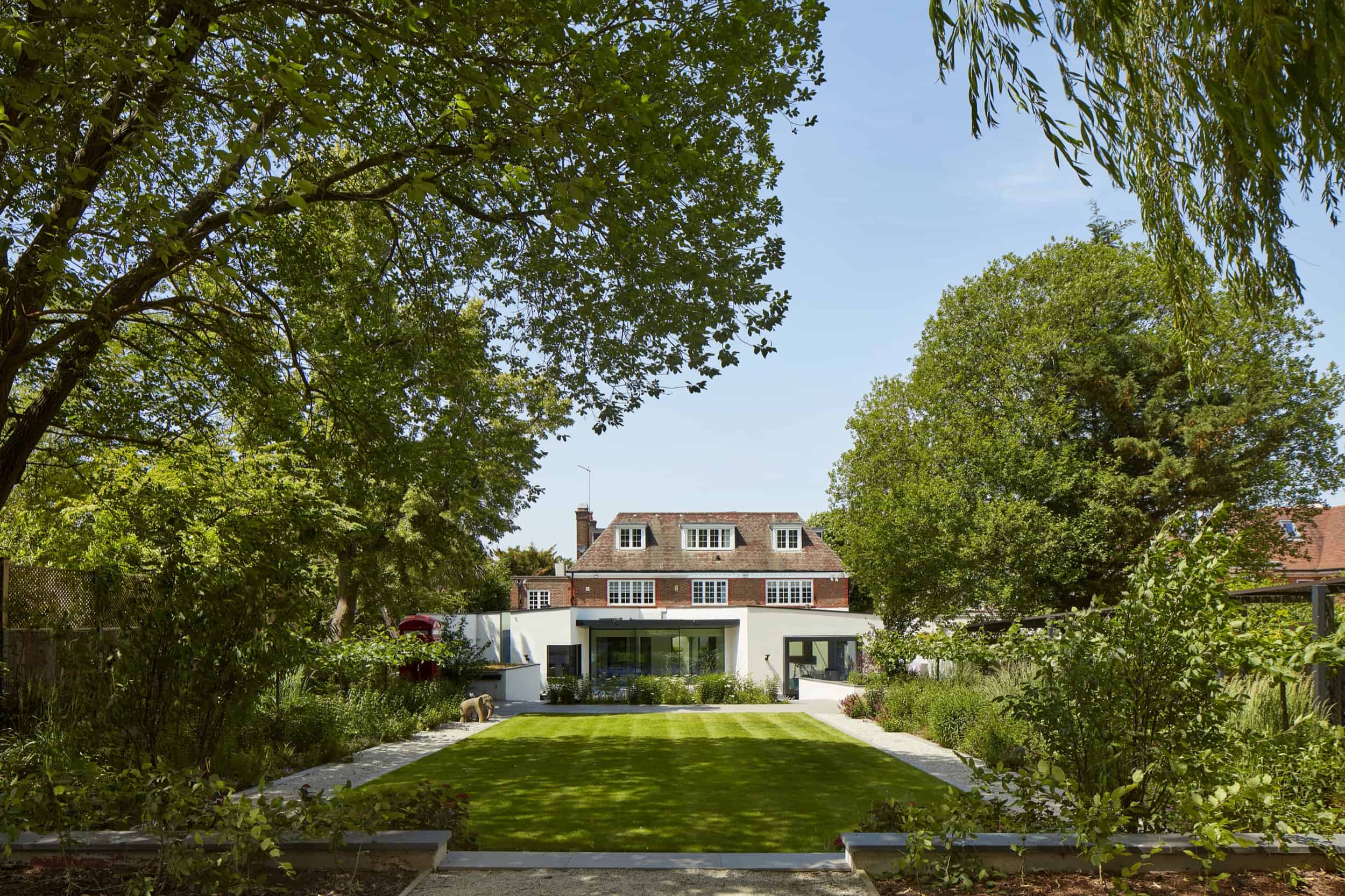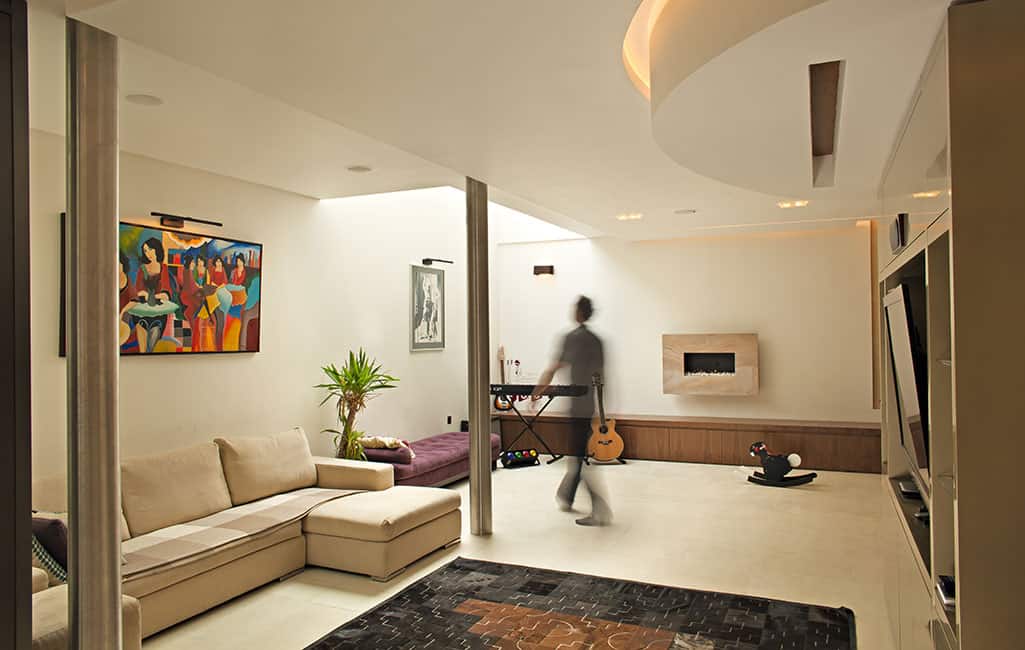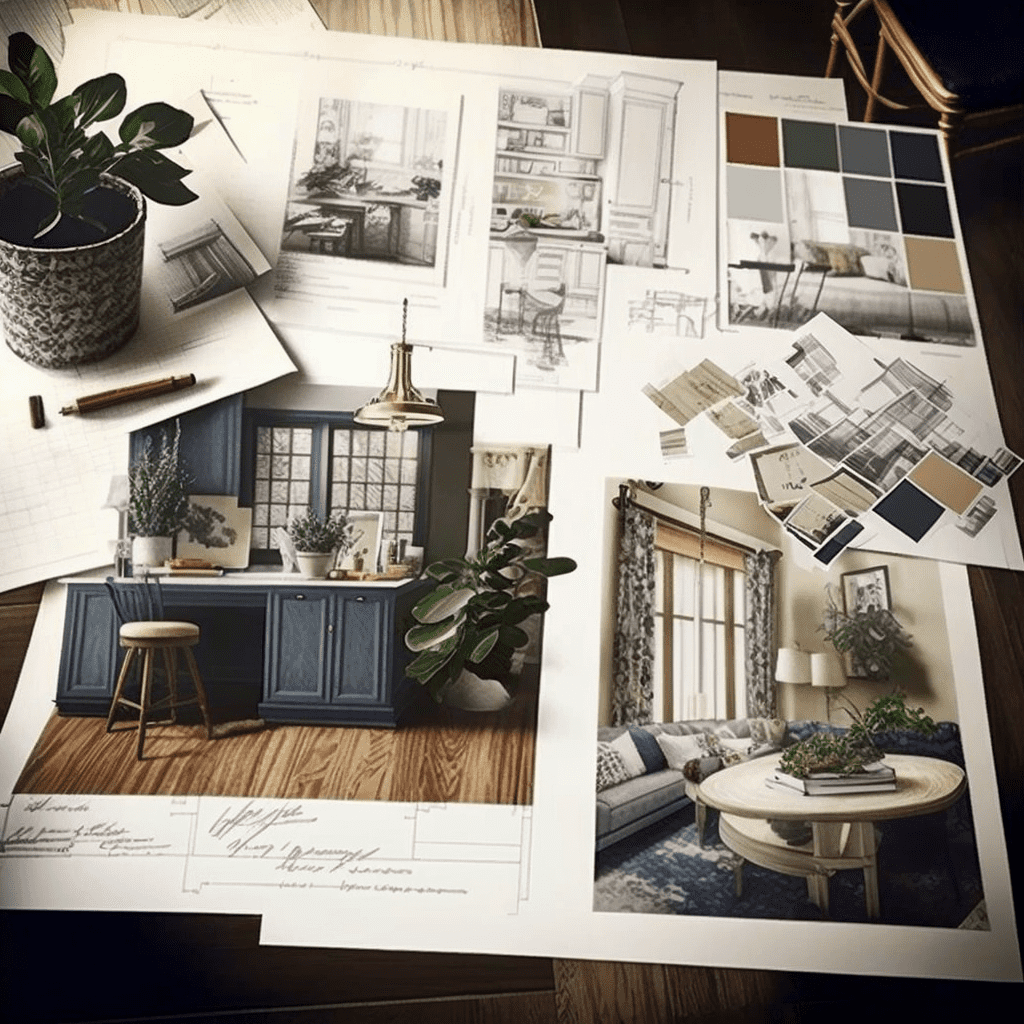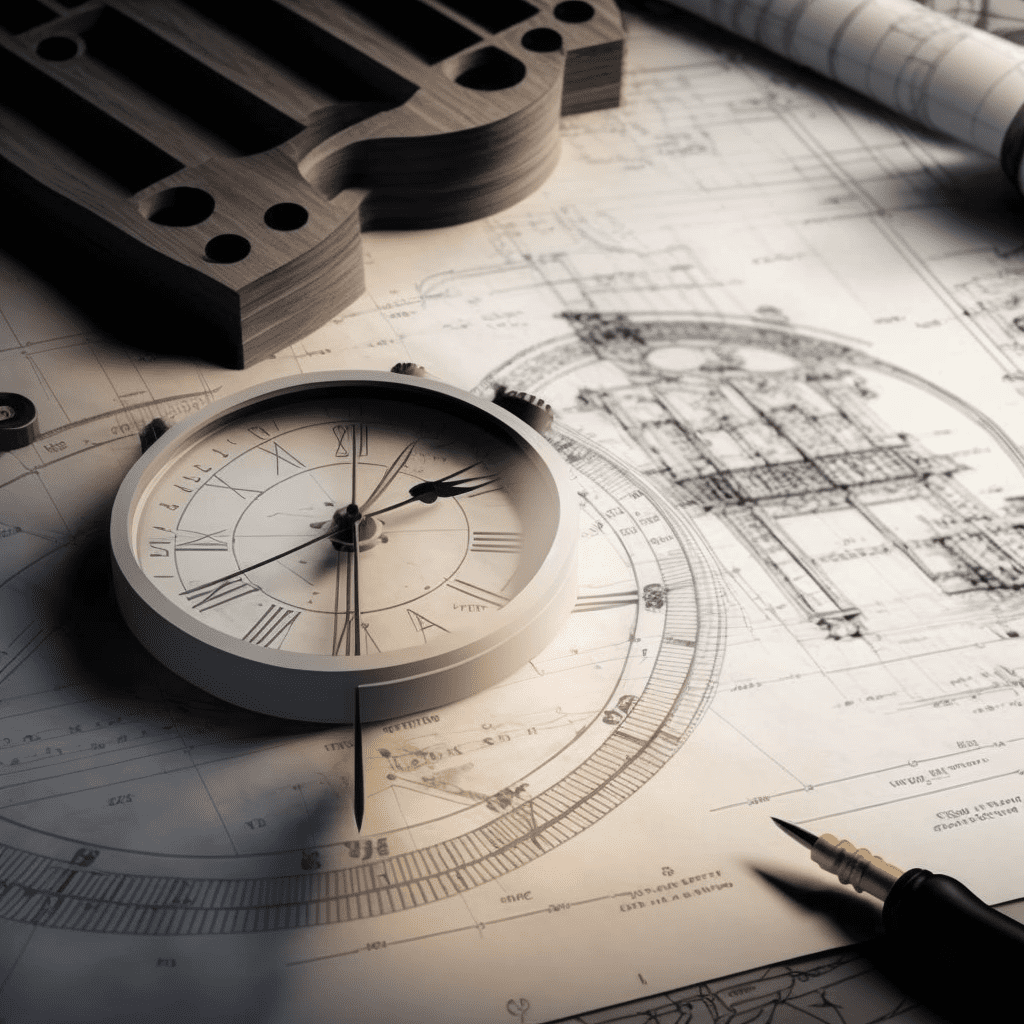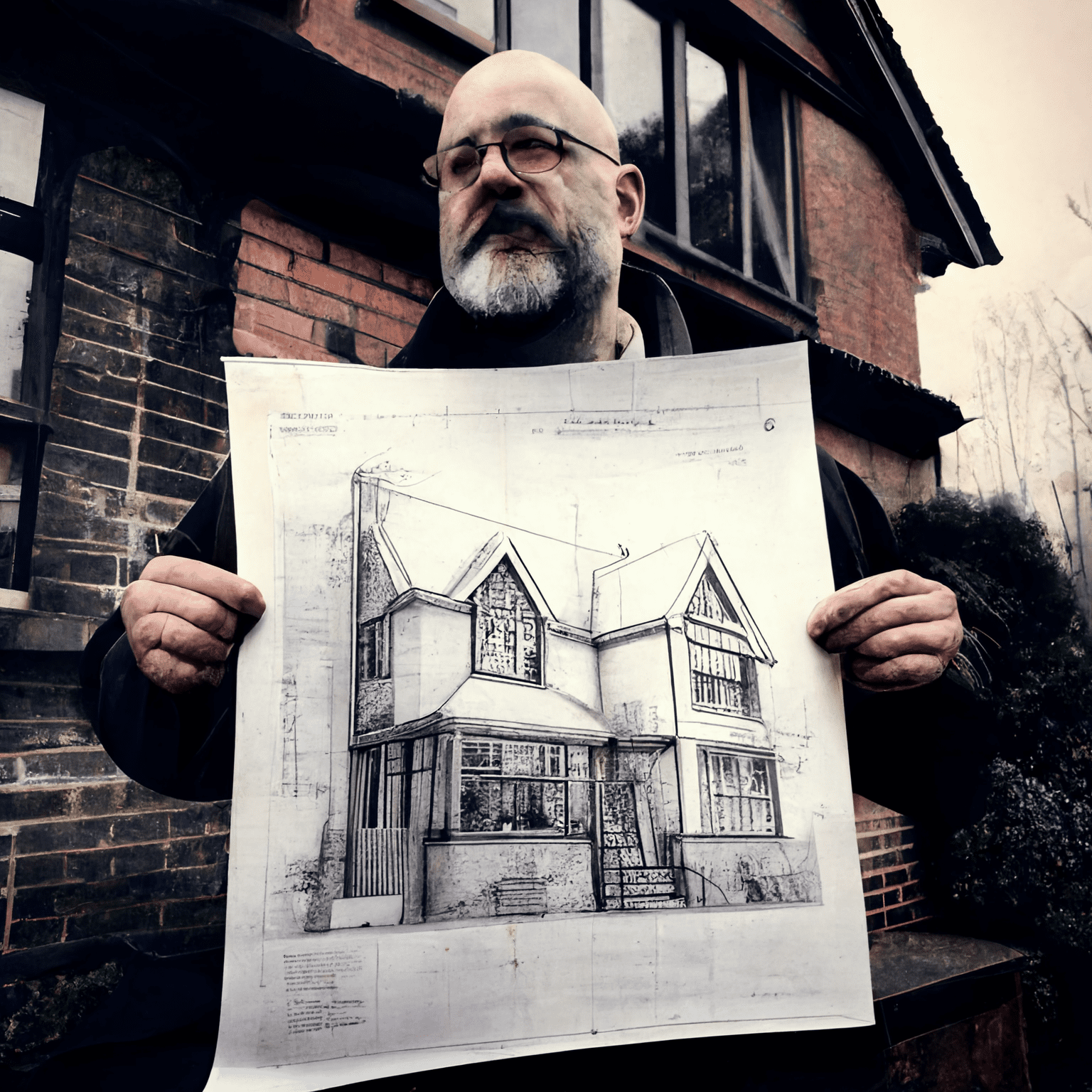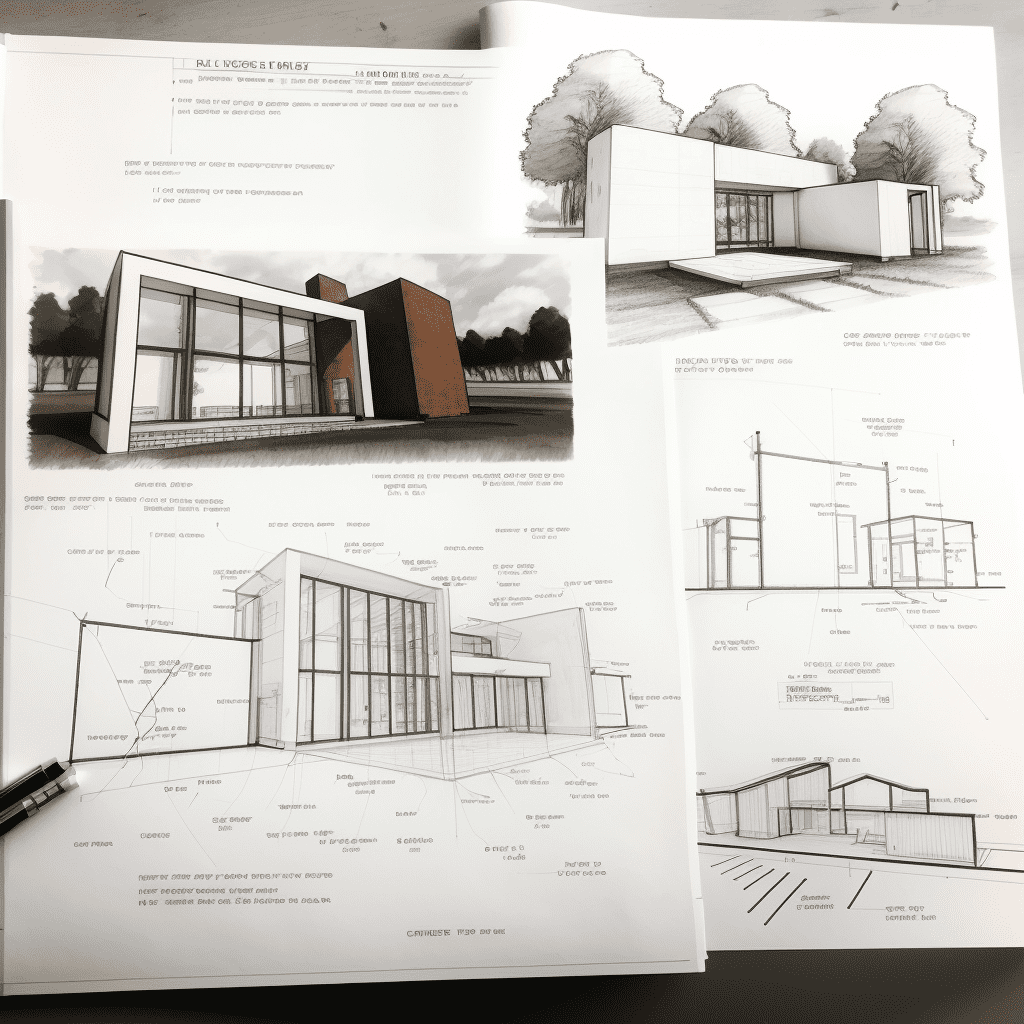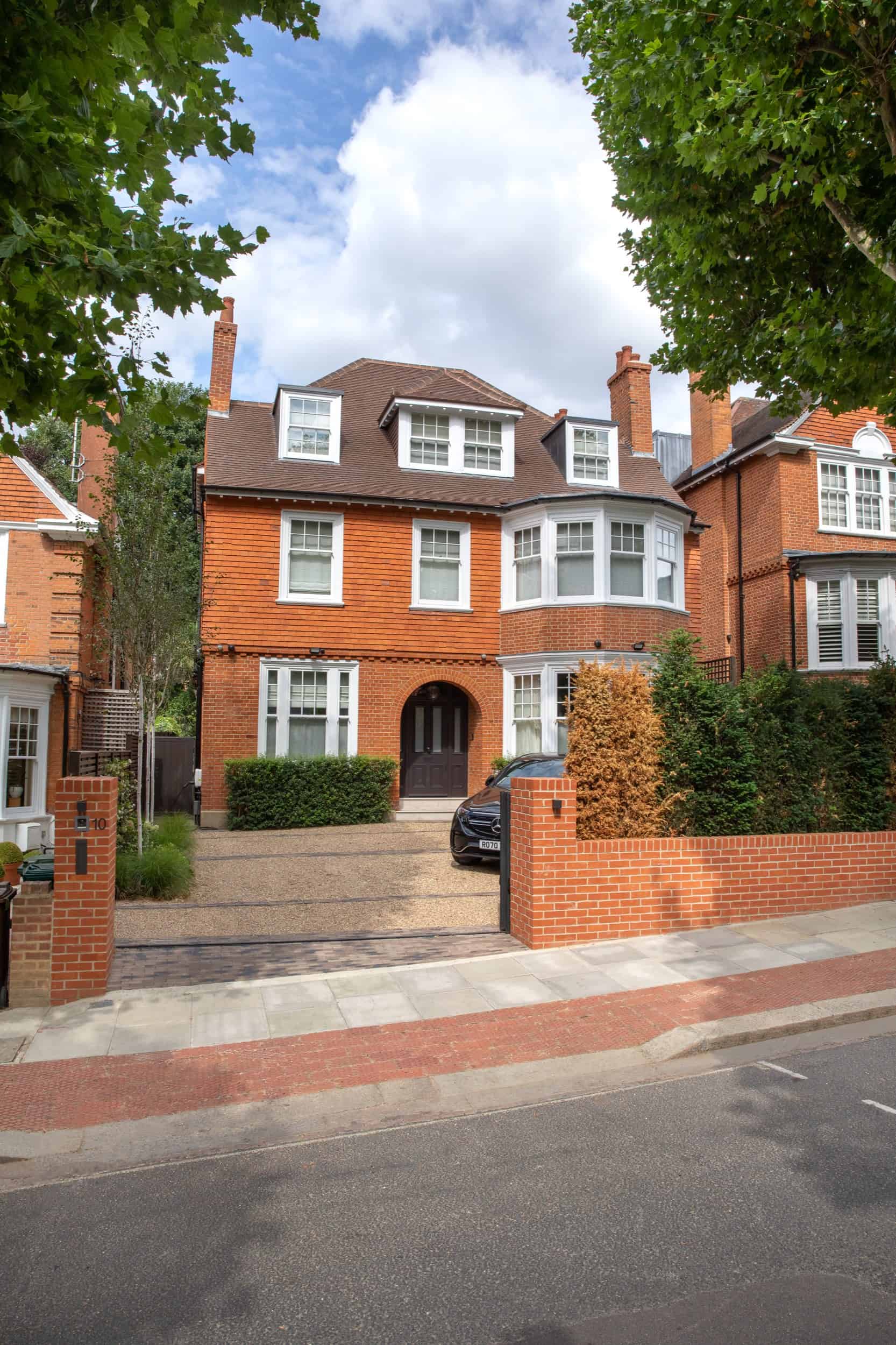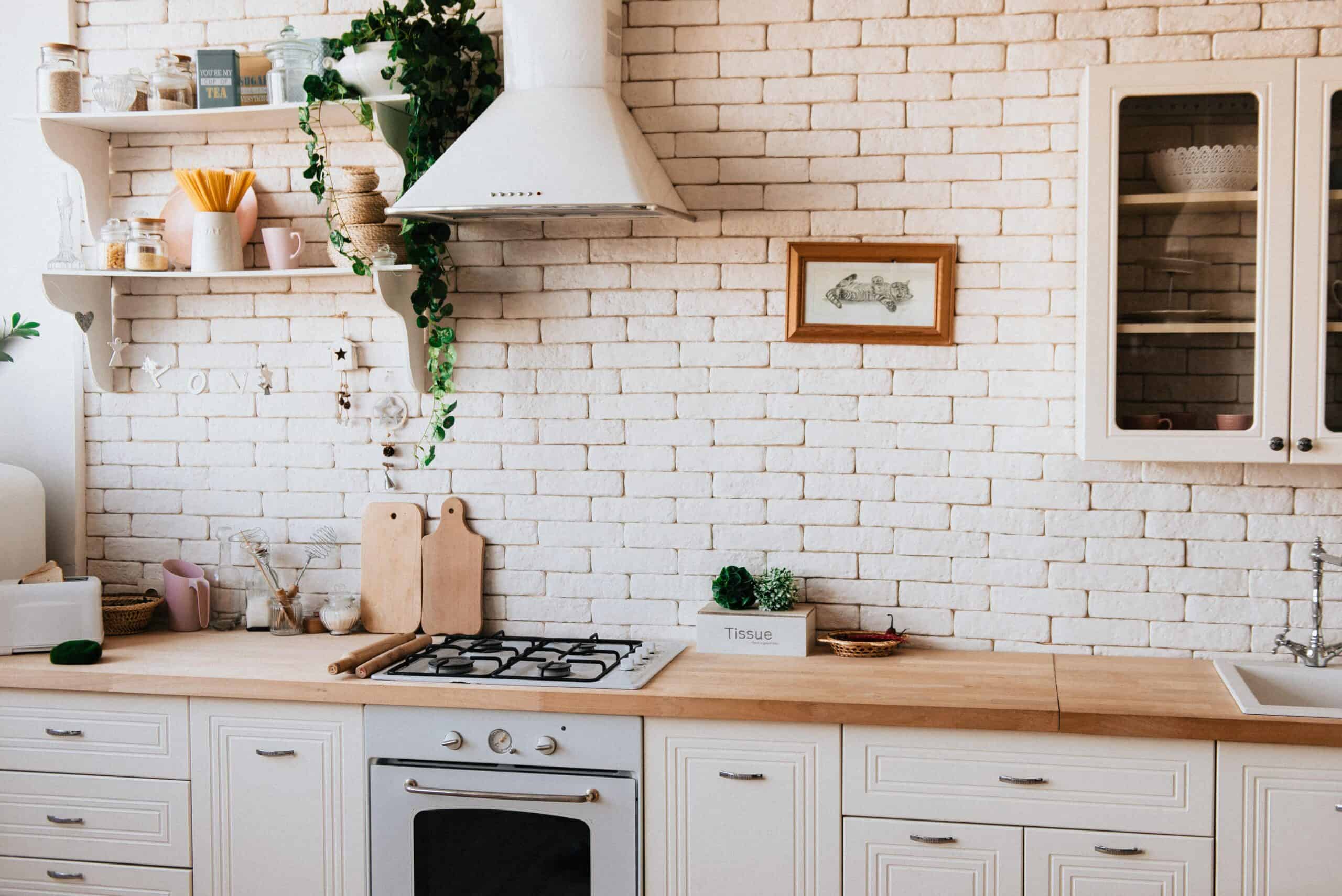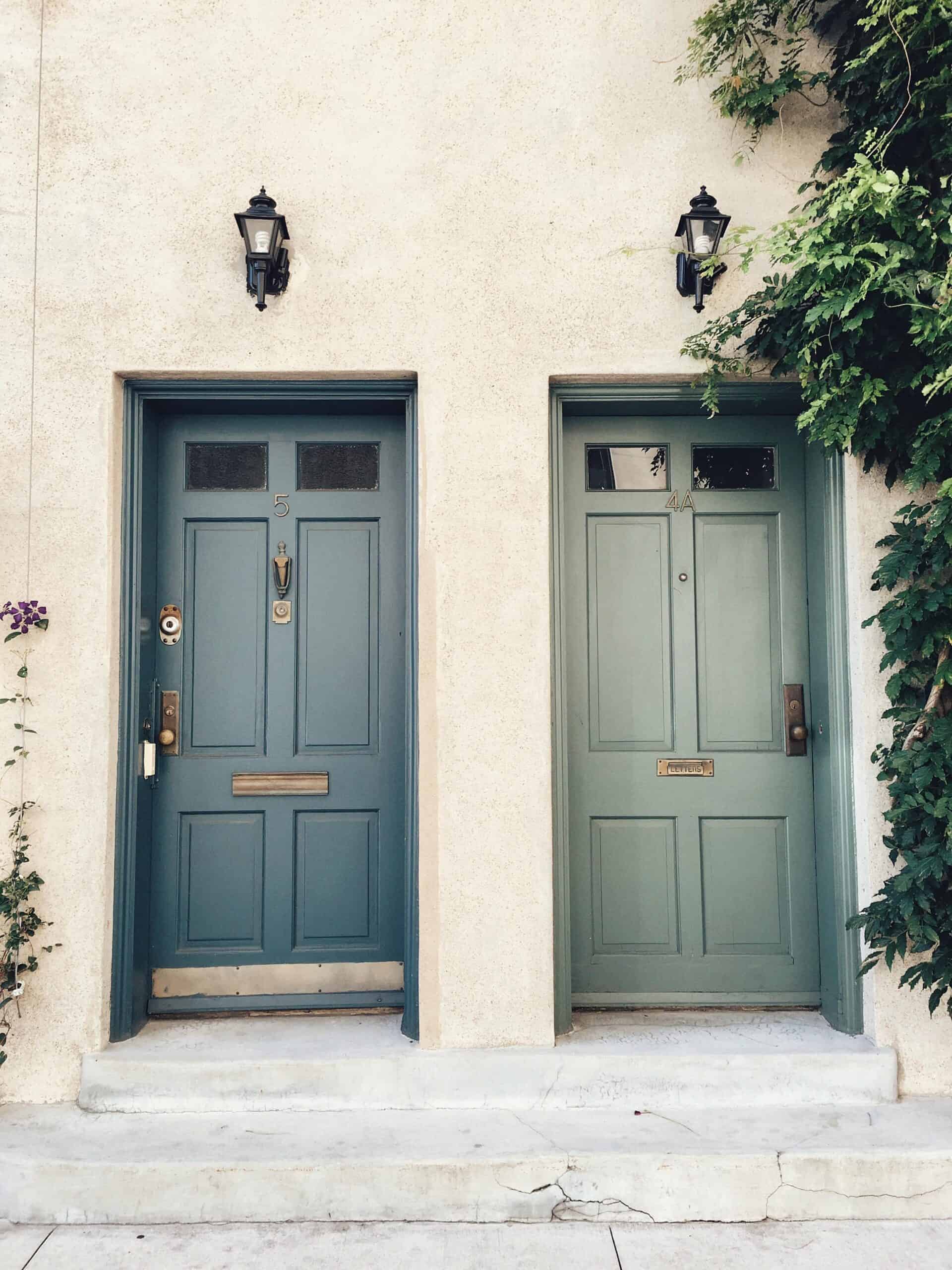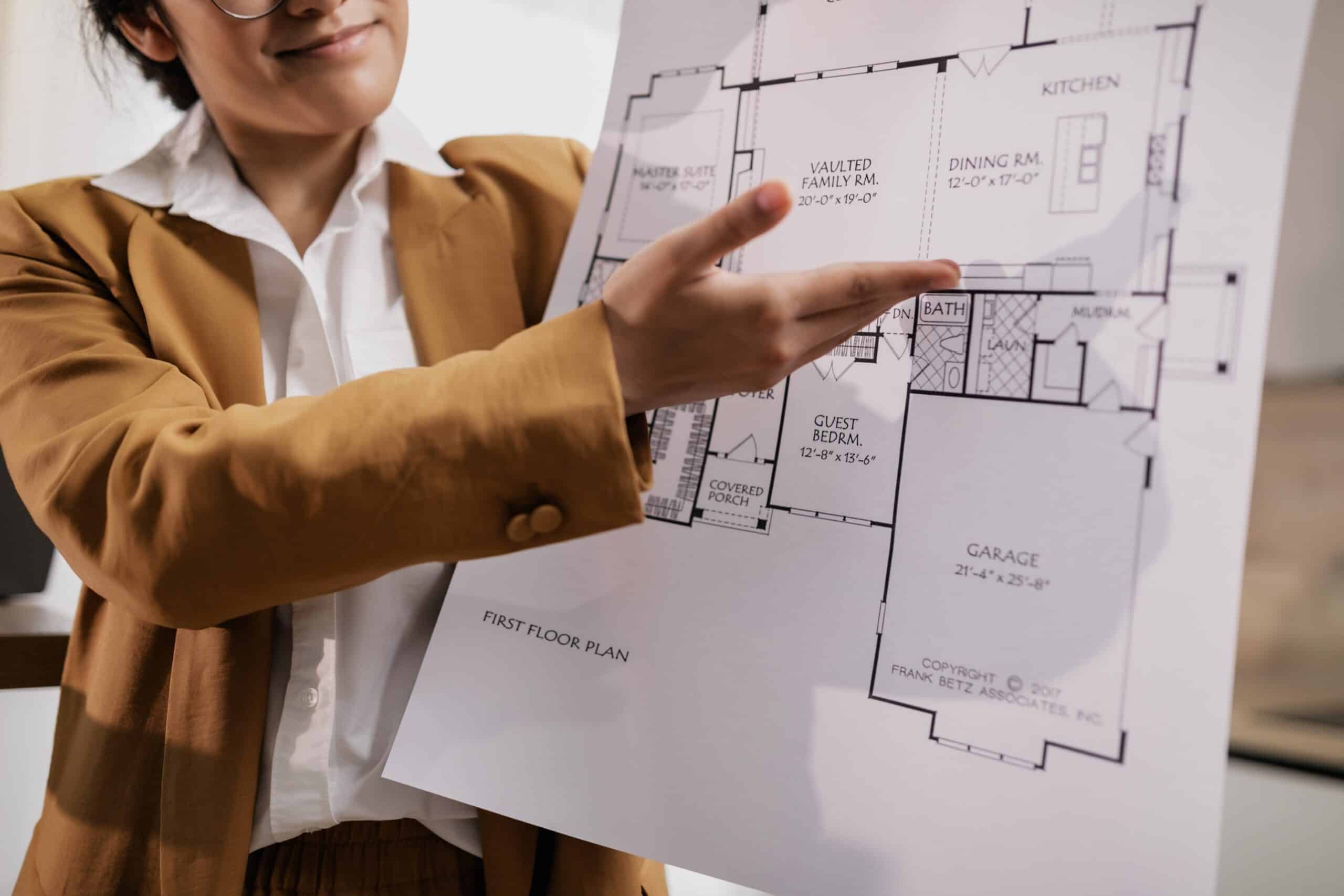How innovation is redefining contemporary architecture
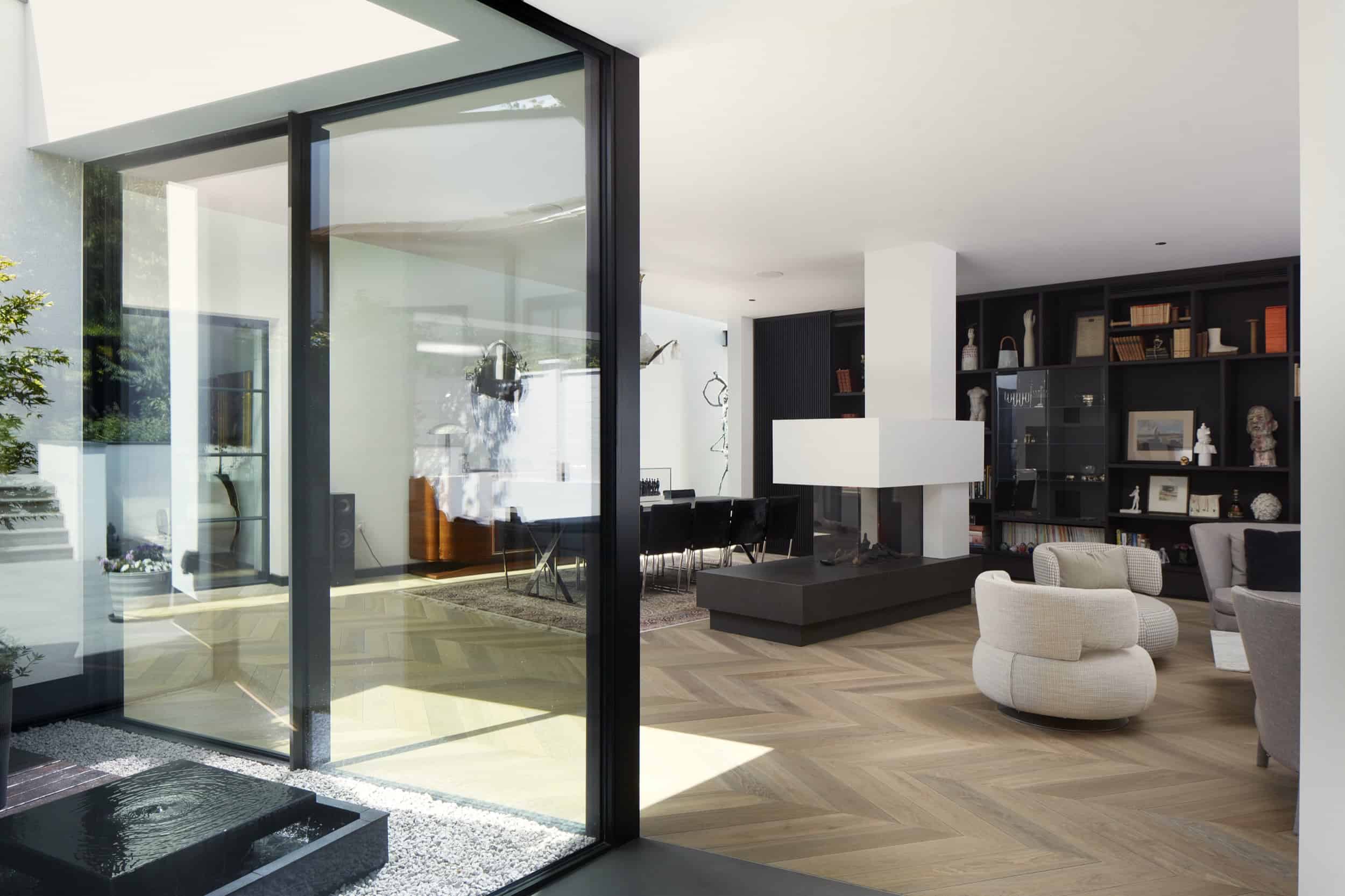
From technological advancements to reducing negative environmental impact, contemporary architecture must focus on more than how a building looks. As a result, this field is currently undergoing an exciting era of innovation where both form and function are being redefined.
We’ll explore current trends in contemporary architecture, focusing on how these exciting developments can contribute to a more harmonious balance between architectural beauty and sustainable design. Which brings us to our first key point…
Sustainable architecture: Combining aesthetics with ecology
One of the most significant innovations in contemporary architecture is the emphasis on sustainability. Modern architects are integrating ecological principles more than ever, striving to create buildings that are not only visually stunning but also environmentally responsible. Popular sustainable design elements include:
Green roofs and living walls
These features provide a multitude of benefits. They help improve air quality, and can even enhance a building’s insulation. From an aesthetic perspective, they can transform typically urban landscapes into nature-inspired environments, honing in on the human tendency to seek out nature and green spaces.
Optimising natural light and ventilation
Architects are increasingly employing advanced tools to prioritise sunlight and airflow, ensuring that contemporary architecture uses less energy for heating, cooling, and lighting. The result is a seamless blend of form and function where large windows, strategically placed skylights, and open floor plans not only reduce energy consumption but also create bright, airy, and inviting interiors.
Smarter buildings: Blending technology with design
The integration of smart technology into buildings is revolutionising the way we interact with our built environment. ‘Smart buildings’ utilise devices to monitor and manage various systems, including lighting, heating, and security.
Adaptive facades
Adaptive facades are a striking innovation in the contemporary architecture space. These dynamic exteriors can change in response to environmental conditions, such as temperature and sunlight. For example, some buildings feature facades with motorised panels that adjust their position throughout the day to optimise natural light and reduce glare. This not only enhances energy efficiency, but also adds a dynamic visual element to the building’s appearance.
Integrated systems
Internally, smart buildings often feature integrated automatic systems built to enhance user comfort and operational efficiency. Sensors and automation technology can adjust lighting and temperature based on occupancy, ensuring optimal conditions at all times. The aesthetic impact is also pretty significant; sleek, minimalist designs often characterise these spaces, with hidden systems that contribute to a clean and uncluttered look.
Biophilic Design: Connecting people with nature
Biophilic design forms a huge part of contemporary architecture today. It emphasises our innate human tendency to be drawn to nature, aiming to create environments that enhance wellbeing by incorporating natural elements.
Natural materials and forms
The use of natural materials, such as wood, stone, and plants, is central to this approach. This not only enhances aesthetic appeal, but can also improve air quality.
Interior and exterior integration
Biophilic design often blurs the lines between interior and exterior spaces. Large windows, garden rooms, and natural light are used to bring the outdoors in, creating calming and harmonious environments. This approach fosters our innate connection to the natural world, contributing to the overall aesthetic and emotional impact of the space.
Cultural sensitivity: Designing with respect and identity
Contemporary architecture is increasingly embracing cultural and contextual sensitivity, ensuring that new buildings respect and reflect their surroundings.
Contextual design
This principle heavily takes into account the historical, cultural, and environmental context of a site. Many examples of contemporary architecture involve creating buildings that harmonise with their surroundings, rather than ‘taking over’ the entire setting. This approach results in aesthetically pleasing structures that enhance the character of their location, as opposed to dominating it.
Cultural narratives
Incorporating cultural narratives into contemporary architecture design is another significant movement. Buildings like the National Museum of African American History and Culture in Washington, D.C., designed by David Adjaye, use architectural elements to tell a story. The museum’s design is inspired by African-American history and culture, creating a meaningful aesthetic experience.
The future of contemporary architecture
The innovations in contemporary architecture are redefining what buildings can be. From sustainable design to smart technology, modern architects are pushing the boundaries of creativity and functionality. These advancements are not just about building better structures; they are about enhancing the way we live, work, and interact with our environments.
As technology and environmental awareness continue to evolve, we can expect contemporary architecture to keep innovating, creating spaces that are as beautiful as they are functional. This exciting era promises a future where our built environment is more sustainable and intelligent, creating spaces where we can truly thrive.


